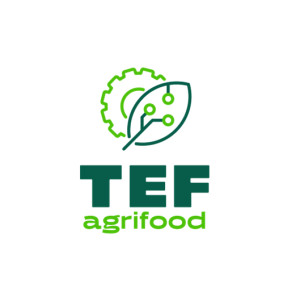 \
&
Contact us
\
&
Contact us
 \
&
Contact us
\
&
Contact us
Most Horizon Europe calls are open to participants from non-EU countries, also called Third Countries. But funding is only automatically available if they are associated or if they appear in the list of Low and Middle Income Countries as listed in the Horizon Europe Programme Guide
Specific third countries can also be excluded from participation to the programme or to a part of the programme and/or to specific call topics mainly in order to safeguard the EU’s strategic assets, interests, autonomy or security.
N/A
All details regarding country eligibility is compiled in the infosheet “International cooperation".

The AgrifoodTEF, funded under the Digital Europe call for a Testing and Experimentation Facility for Agri-Food, is a network of world-class testing and experimentation facilities (TEFs) in the agri-food sector that supports testing state-of-the-art data, AI, and robotics solutions in real-world environments to accelerate their market introduction. ILVO, Flanders Research Institute for Agriculture, Fisheries and Food, the Flemish node of the AgriFoodTEF supports the entire agri-food business, leveraging its infrastructures, experience and vast network established through participation in numerous Digital Europe and Horizon Europe initiatives.